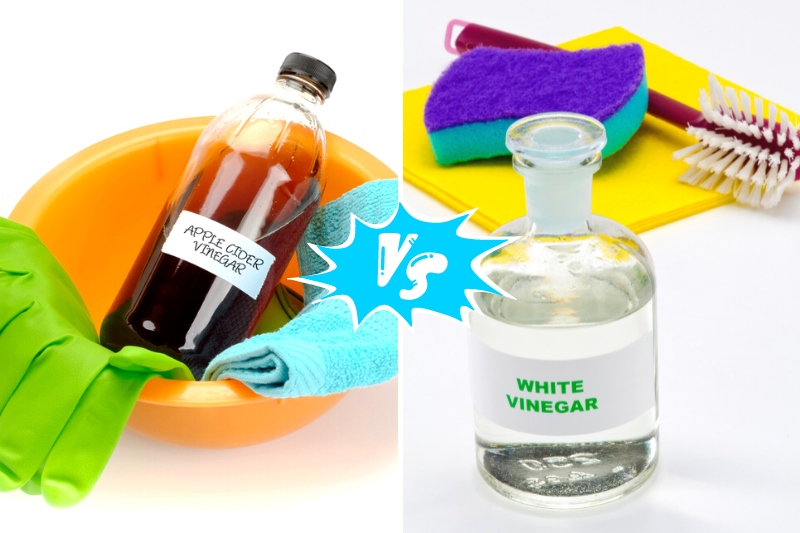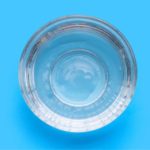If you’re looking for a natural way to clean your home, vinegar is an affordable, pet-safe and environmentally friendly option.
But with so many different types of vinegar on the market, you may be wondering which one you should use.
One of the most common questions people have is whether cleaning with apple cider vinegar vs. white vinegar is more effective.
So, if you find yourself in doubt, read on to learn the key differences between the two and how to use them.
Apple Cider Vinegar vs. White Vinegar: What’s the Difference?
While both share similar properties, they are different products.
Apple cider vinegar is a slightly sweet and murky brown substance made from fermented apples. It boasts several health benefits and is primarily used for cooking, dressing salads and medicinal purposes.
Meanwhile, clear white vinegar is made from distilled ethanol derived from grain. It has a strong, sour taste, significantly less nutritional value and is most commonly used for cleaning.
Another difference is that white vinegar is typically more acidic, despite both containing acetic acid as their active ingredient.
Standard white vinegar has an average pH of 2.5, while apple cider vinegar has a pH of around 3.5, making it slightly less acidic.
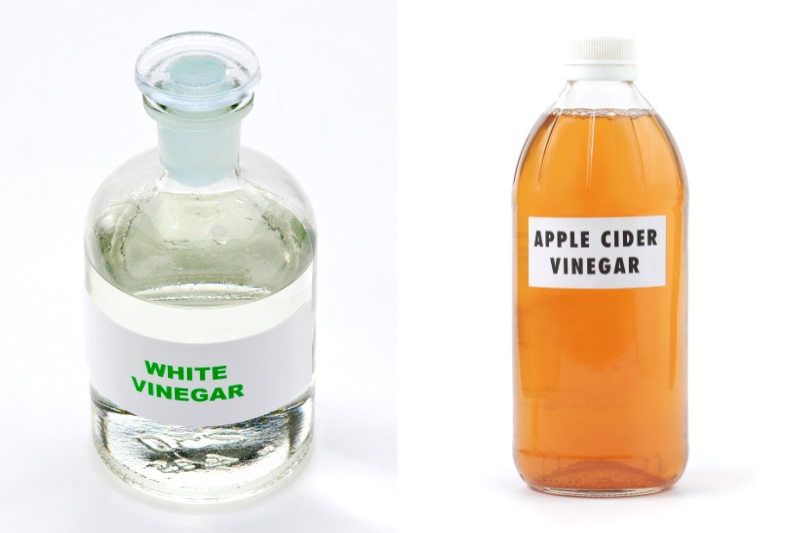
Is White Vinegar Better than Apple Cider Vinegar for Cleaning?
As white vinegar is colourless, cheaper, easy to get hold of and slightly more acidic, it is the go-to choice for cleaning.
In fact, it can be used to break down dirt and grime on a range of surfaces, from soap scummy bath tubs to kitchen worktops, windows and more.
You can also use vinegar in laundry to brighten whites, reduce static and in place of fabric conditioner.
But that’s not to say that you can’t use apple cider vinegar if you’re in a pinch. In fact, their overall acidity levels are very similar and as white vinegar has a pungent scent that many people don’t like, apple cider vinegar is a great alternative.
Just bear in mind that due to its natural colouring, apple cider vinegar can cause staining, so don’t use it on light-coloured fabrics or carpets.
How to Make an All-Purpose Cleaner with Apple Cider Vinegar
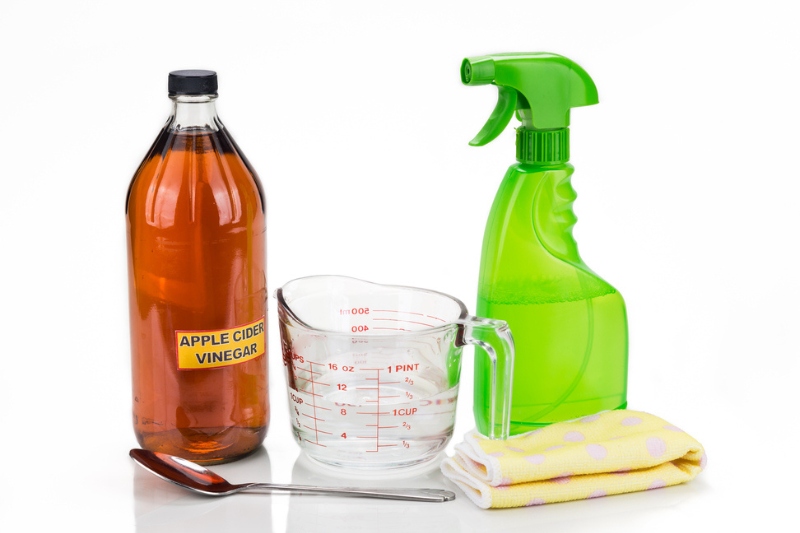
First things first, just like with traditional white vinegar, you need to dilute apple cider vinegar before applying it to surfaces.
To do this, all you need to do is mix 1 part apple cider vinegar with 1 part water to create a safe and effective cleaner.
In most cases, combining them in a spray bottle makes for easy application, but a bucket may be more convenient for bigger jobs.
Tip: neat apple cider vinegar can be used in some instances like cleaning toilet bowls and unclogging drains, but you should always take care and rinse well afterwards.
What Can You Clean with Apple Cider Vinegar?
1. Hard surfaces in kitchens and bathrooms
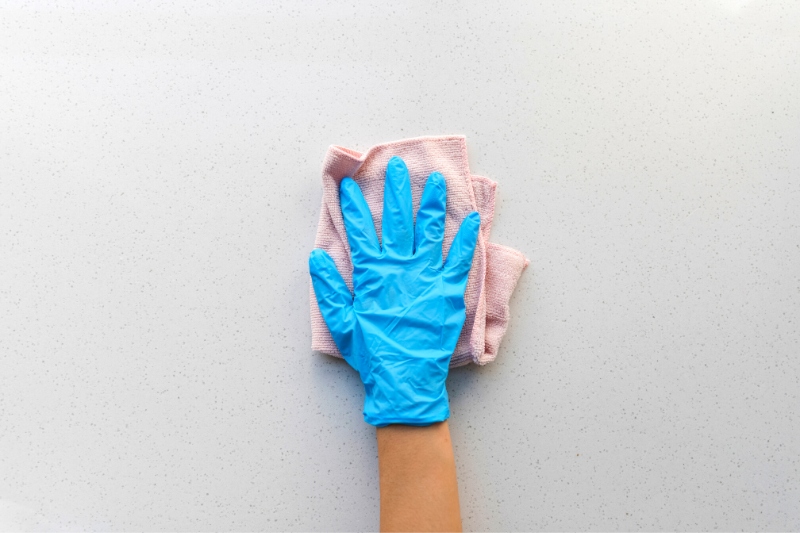
The most obvious way to use your all-purpose apple cider vinegar cleaner is to wipe down hard surfaces like worktops, sinks, appliances, placemats and more.
The acidic nature of the solution will help to break down and remove greasy marks, mildew and hard water deposits.
Plus, vinegar has natural antibacterial properties to help kill any leftover germs.
Tip: don’t use vinegar on natural stone, wood or cast iron as its acidity may cause damage.
2. Toilet bowls
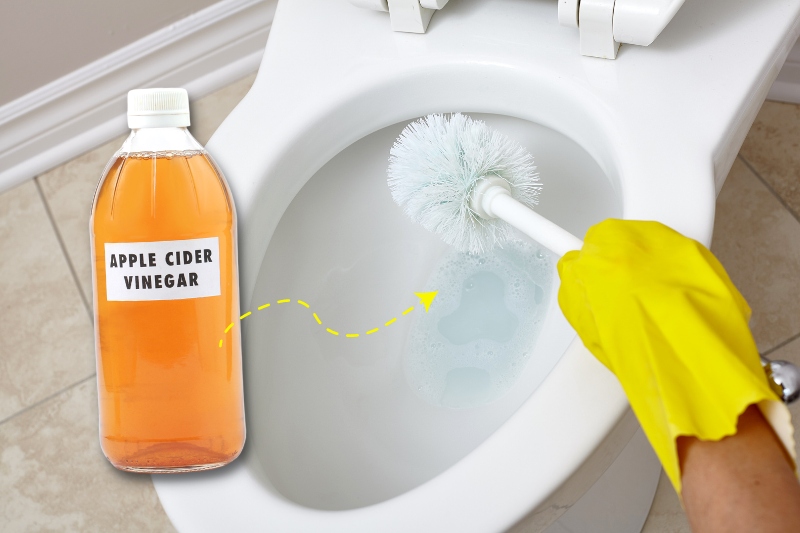
Though vinegar isn’t a disinfectant, it does have microbial properties and the ability to remove stains and add shine to ceramic surfaces.
As a result, neat apple cider vinegar is great for cleaning toilets. Simply pour ½ cup directly into the bowl, leave for 15 mins, scrub then flush.
To finish, wipe down the seat, lid and handle with the diluted cleaning spray.
3. Clogged drains
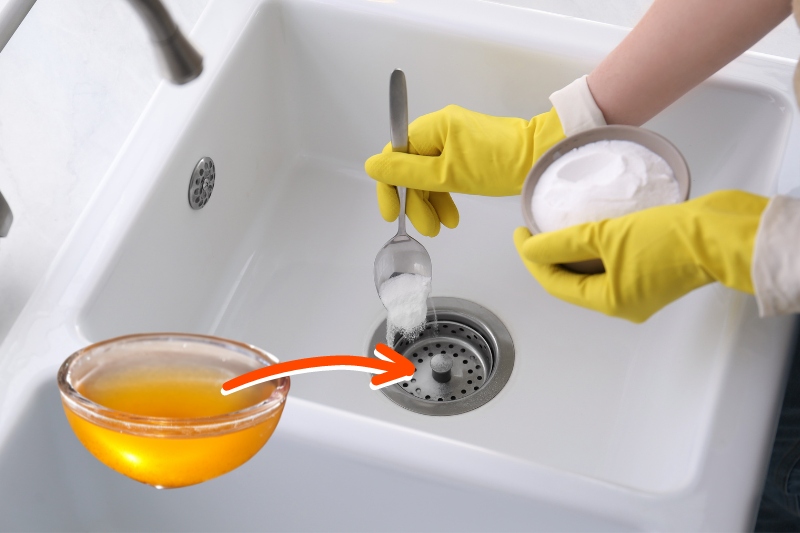
Clearing clogged drains doesn’t necessarily have to involve harsh chemicals that are bad for the eco-system. Instead, pour ½ cup of bicarbonate of soda, 1 cup of neat apple cider vinegar and 1 cup of hot water down the drain.
Leave it to sit for 15 mins. During this time, you should be able to hear the mixture fizzing. When time’s up, flush the drain with hot water to rinse.
4. Microwaves
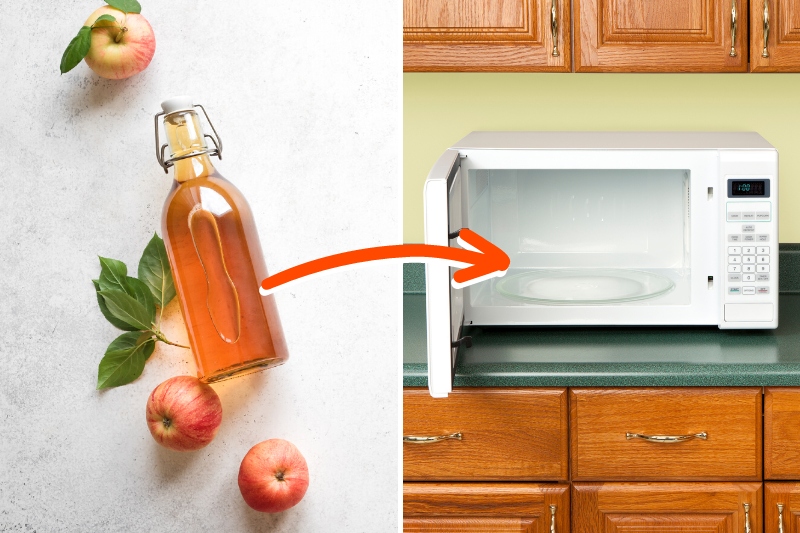
One of the most popular ways to clean a microwave involves lemon and white vinegar. But as apple cider vinegar has a similar level of acidity and an arguably nicer scent, it can be used for the same purpose.
Just mix 1 cup of water with 2 tablespoons of apple cider vinegar and run the microwave on high for 4 minutes.
Then leave the door closed for an additional 5 minutes to let the steam do its work – this is key.
After that, any caked-on debris will have loosened and it will be easier to wipe clean. You can also spruce up the exterior with diluted vinegar.
5. Dishwashers
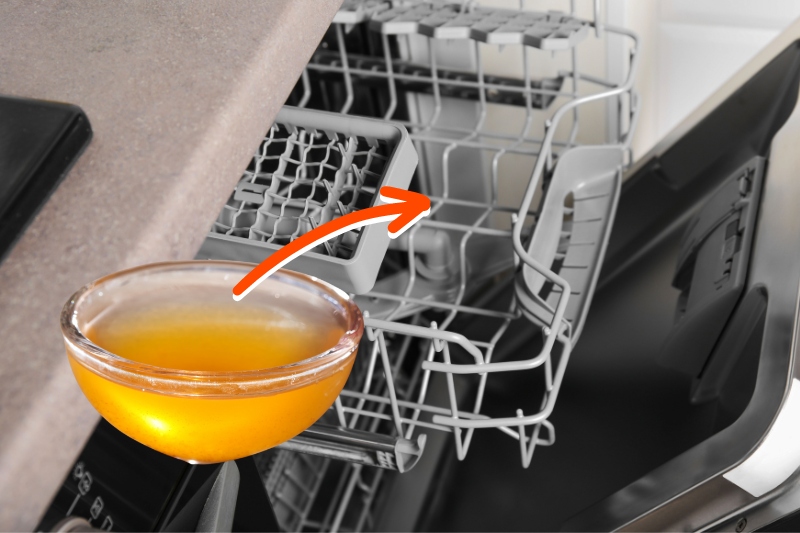
If your dishwasher is looking grimy or there’s a noticeable build-up of hard water deposits on your glasses or cutlery, look no further.
Adding just ½ cup of pure apple cider vinegar to an empty cycle will combat these issues and deodorise your machine – no scrubbing required.
6. Washing machines
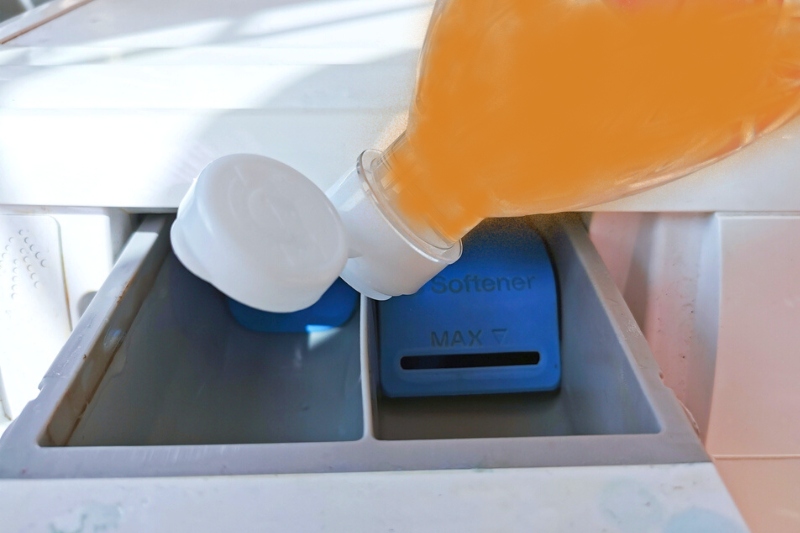
While washing your clothes with apple cider vinegar poses a small risk of staining, it’s still a great natural cleaner for your washer.
Simply add 2 undiluted cups to the detergent drawer, then run a hot, empty cycle to clear out any built-up soap residue and mould.
In short, there are plenty of ways you can use natural apple cider vinegar to keep your home sparkling clean.
So, if you ever find yourself without any white vinegar to hand or you simply don’t like the smell of it, why not give apple cider vinegar a go?
You can also check out our articles on swapping fabric softener for vinegar and what not to clean with vinegar.

A proud Yorkshire lass with a love for movies, music and cosy nights in! Once a self-confessed avoider of cleaning, she’s always on the lookout for new ways to make household chores as quick and simple as possible.
